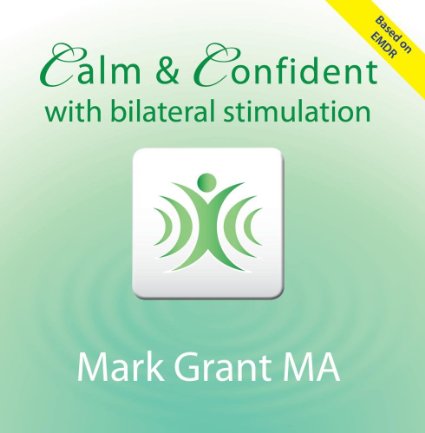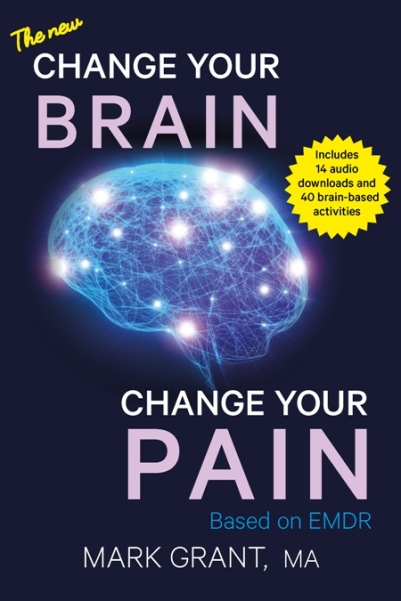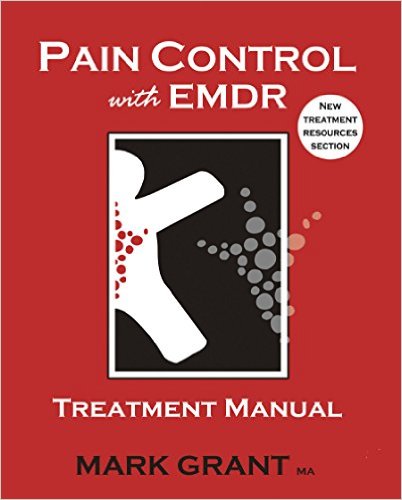Self Help
Click below to download PDF
Click below to download PDF of Mark’s Chronic Pain Fact Sheet.
How pain is in your brain, not “all in your head.”
Stress Management
- Know Thyself – What kind of brain do you have and how does it influence your personality. Does your brain prefer the order and predictability of the known world (LH) or is more interested in the excitement of the new (RH)? Just knowing this about yourself will help you understand a lot about your-self and your relationships with others. Why for example, you don’t like to leave things unfinished (LH) or why too much detail bores you (RH). A good balance of both is best so try and develop the other side of your brain/personality. Read more
A simple self-hypnosis exercise for sleep
• Begin by making yourself comfortable and finding something to focus on. For example, one corner of a door frame, a light switch etc. Then, maintaining your focus on that spot try and notice four things about that object or spot and mentally feed them back to yourself as follows (note; you must use the full wording as below).
Mentally say to yourself; “Right now I can see the light switch is white, right now I can see the shadow at the edge of the switch, right now I can see the switch is a square shape, right now I can see the switch is in the off position.…”.
That was four things. Read more
These factors can create frustration and often lead to a breakdown in communication between the pain sufferer those whose mission it is to try and understand them.. The following ‘communication tips’ are designed to help you recognise and overcome the special obstacles that may occur when communicating with persons suffering from chronic pain or illness. Read more
Overcoming chronic pain is like baking a cake; first you have to assemble all the right ingredients, mix them together under ideal conditions, and wait (baking a cake takes time). The waiting part can be hard, but if you have the right mix of ingredients, practice them regularly, maintain hope and patience, you will eventually feel better. Read more.
EMDR Music and Books
Instantly download music based on EMDR for overcoming pain and purchase Marks books.
EMDR Workshops
Find out about upcoming workshops for those in the field of professional pain management
The Blog
Read Mark’s helpful Blog Posts for helpful articles on EMDR, BLS, Pain Management and Self Help.



